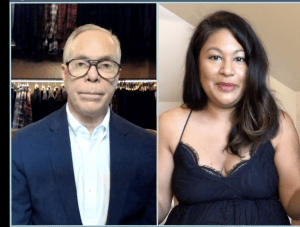The beer category as a whole isn’t really known for its purpose driven messaging. The ‘moderation’ messages are required by law. Stella Artois has had a good drinking water initiative with their partner water.org, and we’ve seen interesting messages about domestic violence in Mexico from Tecate and in South Africa Carling Black Label. But overall, especially in the United States, I’m not recalling a lot of purpose driven messaging.
Two new efforts in South America are notable.Corona beer in Columbia (Corona is owned by Anheuser Busch) is promoting eco-resorts in Columbia as many citizens plan a ‘staycation’ and will not leave the country (the Summer season starts in December). According to Trendwatcher, “As Colombia’s tourism sector is slowly opening back up, this initiative hopes to help rebuild the hard-hit industry in a way that promotes a more responsible and conscious form of tourism. ”
Another beer brand from Brazil, Cervejaria Colorado, is drawing attention to the plight of the rain forest. The brand is committed to biodiversity and the product is made with all indigenous ingredients. They are pricing the beer based on the rate of deforestation of the rain forest. They compare the rate of deforestation in 2020 to the rate in 2019—if deforestation increases, the price of beer increases. If it goes down, the price of beer decreases. According to Trendwatcher, “All proceeds are donated to the Terro do Meio Canteens Network, which includes local farmers and indigenous populations that live in the Amazon and are working to conserve the rainforest. ”
In just a few weeks, consumers saw the price of the beer almost double–from about $1 (in US dollars) to $1.79. During this time, devastating fires continue to burn in the Amazon.
What this does is connect what can be a bit of an opaque event to consumers–deforestation–directly with something that is very transparent to consumers–what they’re paying for beer. It is a different kind of promotion. Will it work? We’ll see.
